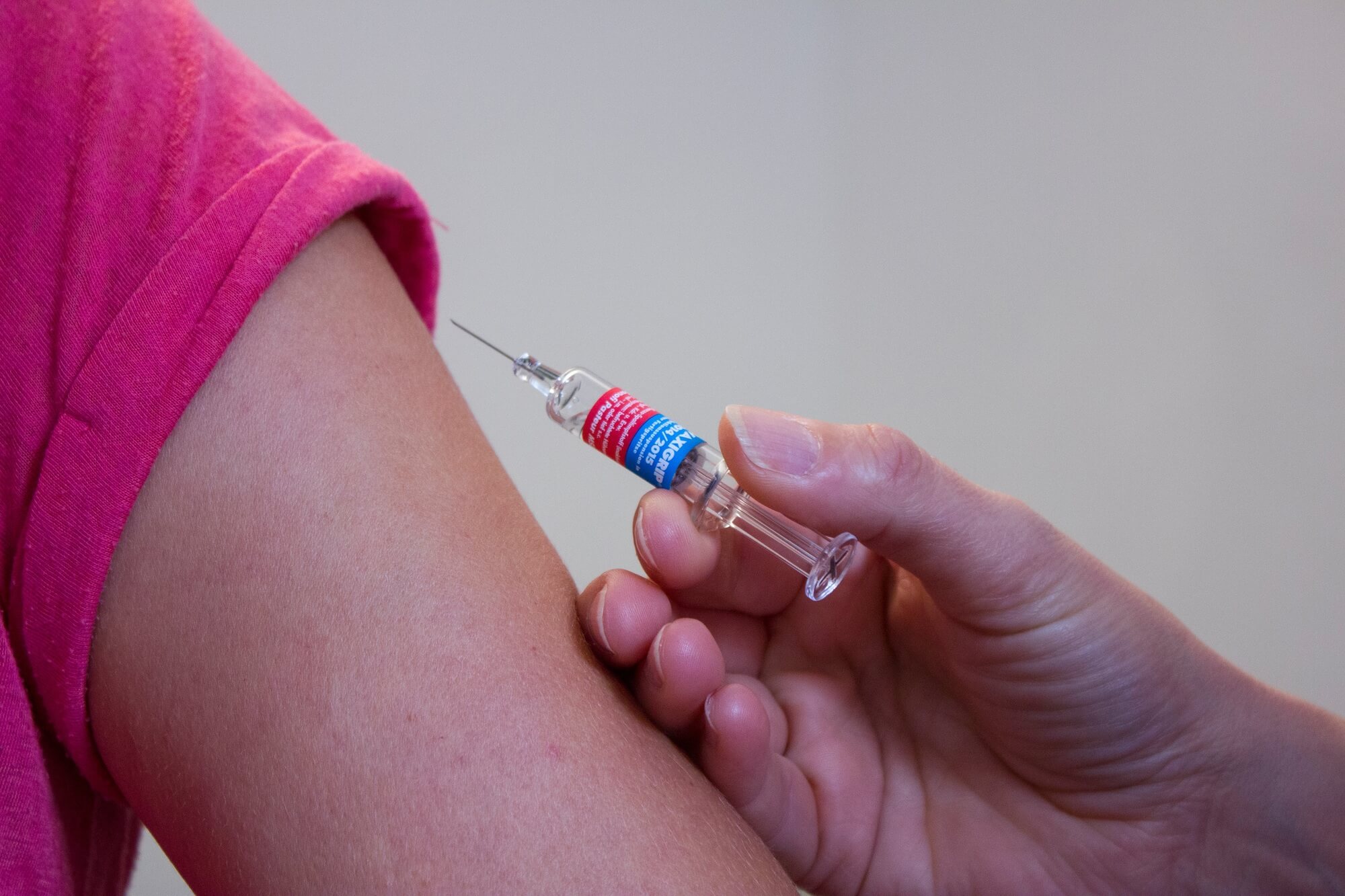
October 12, 2018
How to Better Control Your Vaccine Storage Temperatures
Read on for recommendations on how to better control your vaccine storage temperatures.
Logistics is the biggest obstacle to getting vaccinations into poorer countries. Why? You must store vaccines in a temperature-controlled environment. Getting them to places like Haiti, for example, presents challenges.
Vaccines must travel long distances in hot climates. Maintaining vaccine stability at different temperatures is challenging to say the least.
Anyone who works with vaccines understands the importance of maintaining proper storage temperatures. The Centers for Disease Control and Prevention (CDC) publish guidelines for vaccine storage.
Vaccine Storage Equipment
You have to check storage units on an ongoing basis. The aim is to ensure the storage unit is holding the vaccine temperature steady. Thus, it’s vital to document vaccine temperatures as part of vaccine management.
Calibrated Thermometers to Measure Vaccine Storage Temperatures
Every refrigerator and freezer that stores vaccines should have calibrated thermometers. The thermometers should have a NIST Certificate of Traceability and Calibration Testing. This is also called a Report of Calibration.
Automated Temperature Display
Another essential component to proper vaccine storage is an automated temperature display. Automated temperature display systems contain alarming, recording, and monitoring, and devices.
These temperature control systems vary. The most basic are dial thermostats. The most advanced are digital microprocessor temperature displays and controllers.
Even with automated equipment, healthcare personnel are responsible for preventing vaccine spoilage. They should check that the temperature control systems are functioning at all times.
The first thing that the CDC recommends is to read the storage temperature twice a day visually.
After reading, personnel should then manually document the temperature. They should also take note of the minimum and maximum temperatures of the day.
If the recorded temperatures are beyond the set temperature, personnel should take corrective action. While checking the temperatures, staff can also check stock inventory and expiration dates.
Monitoring and Recording Vaccine Temperatures
Often, a digital data logger is a device that records temperatures. It then stores that data on a continuous basis. Data loggers are external devices that connect via sensor ports or wires.
These ports pass behind the hinge-side door gasket. They connect to internal temperature probes. A glycol-filled vial encases the probes. These vials simulate vaccine temperature rather than air temperature inside the refrigeration unit.
The system measures and saves temperature at specified intervals, usually every fifteen minutes. You can often read the data from any computer.
Other types of monitoring systems capture and store data remotely. You can retrieve data to see how your lab freezers and refrigerators are performing.
These systems collect data from a buffered probe that attaches to an external pod. The pod connects to your facility’s LAN. It features a high and low-temperature alarm to alert staff of a problem.
The CDC recommends reviewing the temperature data weekly. Staff should archive data for at least three years or according to state regulations.
Temperature Alarming Systems
Alarm systems warn staff of high and low temperatures in the refrigeration units. They are a significant part of CDC guidelines. Alarming systems can be built-in to the units or installed as auxiliary equipment.
Some feature remote alarm contacts. These alert personnel in other areas of the building. Sophisticated units can alert select off-site staff through email, phone, or text.
Vaccine Storage Thermometer Checklist
The CDC Vaccine Storage and Handling Toolkit is available online. It’s an excellent resource for staff. Here’s a quick checklist for vaccine storage thermometers.
Do:
- Provide continuous monitoring with an active display.
- Use a digital thermometer with a probe. The probe should be in a glycol-filled bottle.
- Invest in an alarm for out-of-range temperatures.
- If using a data logger, be sure it has a reset button and shows minimum/maximum display.
- Monitoring systems should show the current temperature and minimum/maximum temperatures. They should be within +/-.5°C accuracy (+/-1°F). They should come with a low battery indicator.
Don’t:
- Do not use fluid-filled bio-safe liquid thermometers.
- Do not use bi-metal stem thermometers, household mercury thermometers, or food thermometers.
- Do not use chart recorders, infrared thermometers, or non-calibrated thermometers.
Developing a Vaccine Handling and Storage P&P
The CDC recommends that your facility has planned responses to temperature excursions. Staff should develop a written vaccine storage and handling policy and procedure (P&P). That plan should include emergency procedures.
Every hospital should develop a vaccine storage and handling plan. They should also update it once a year.
Provide a Written Copy to Staff
The plan should detail every aspect of routine vaccine management. It should also describe the procedures for managing inventory, ordering, storing, and monitoring.
A printed copy of the plan should be in an easy-to-access location near the vaccine storage unit. Having a written P&P prompts organization, serves as a training tool as well as an ongoing reference.
The P&P also provides a quality assurance document for vaccine management.
Serves as a Contingency Plan
The P&P should also include a contingency plan. Such a plan protects vaccine integrity if there is an extended power outage.
One example is Hurricane Sandy. Hospitals without emergency plans had to scramble to keep their refrigeration units running.
A proper emergency plan makes all the difference when it comes to ensuring vaccine integrity.
Consequences of Failing to Monitor Vaccine Storage Temperatures
Failing to monitor and maintain vaccine storage temperatures comes with expensive consequences. Losing vaccine inventory is a critical financial loss for the facility.
It also creates a lapse in the facility’s ability to offer needed vaccines to the community it serves.
If you have any questions about vaccine temperature monitoring, please contact us.